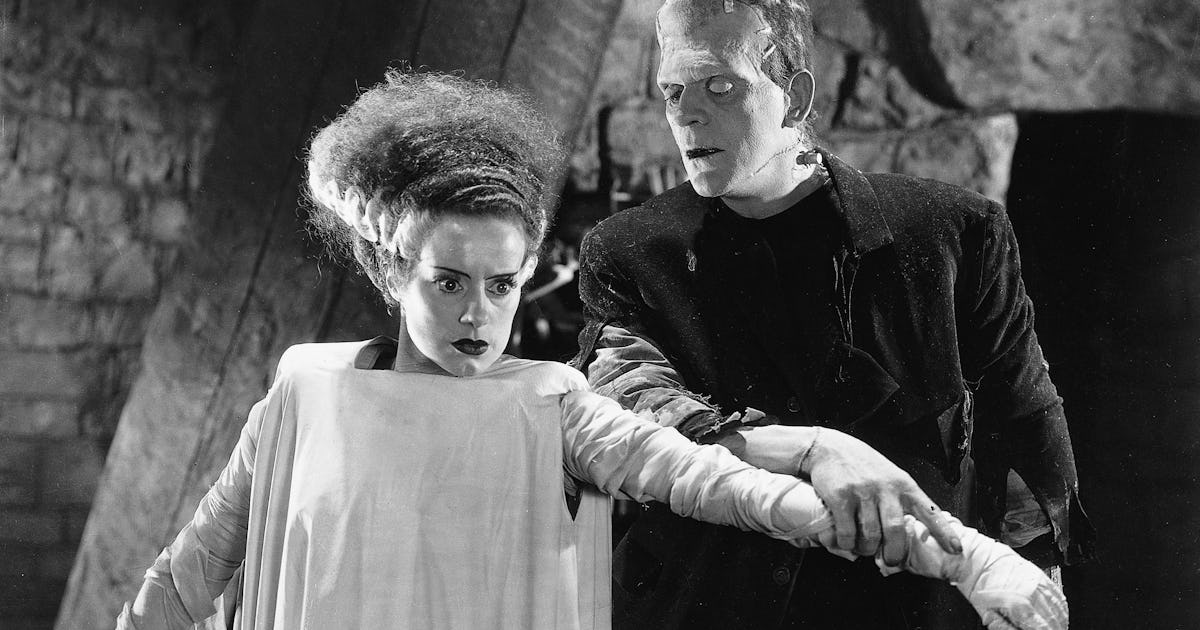
"They had made a bounty with horror films, something co-founder/ owner Carl Laemmle had to be convinced would even work, but those, too, would be put on hiatus when their new management rolled in. The horror movies became revolutionary, unafraid to be dark, clever and scary, but an industry-wide call for censorship was about to trim their claws and fangs."
"As such, The Bride of Frankenstein feels a bit like the end of an era. It's a deliciously macabre sequel to a horror classic, with many even feeling like it outdoes its predecessor. It's listed as one of the greatest sequels, horror or otherwise, in cinema history, and with the upcoming 4K Blu-ray, you have the chance to re-experience a horror film that also serves as an emblem of a watershed moment in pop culture."
"Whale hadn't originally intended to ever revive the monster after it apparently perished in a fire at the end of the first film, but after being lured back to do Bride, he helped concoct a tale that not only furthered the monster's inherent sympathy, but pushed Dr. Frankenstein to confront all that he had wrought and all of terror that he'd birthed into the world."
Universal Pictures faced financial crisis in 1935 and prepared for managerial overhaul that paused its profitable horror slate. The studio's horror films had become revolutionary for their dark, clever, and scary tone, but expanding censorship threatened their creative edge. The Bride of Frankenstein emerged as a macabre sequel that many consider superior to its predecessor and a defining example of horror filmmaking. Director James Whale, lured back to revive the monster, reached a career pinnacle by deepening the creature's sympathy and forcing Dr. Frankenstein to confront his consequences. Whale employed experimental camera work, eccentric performances, and unflinching creepiness on full display.
Read at Inverse
Unable to calculate read time
Collection
[
|
...
]